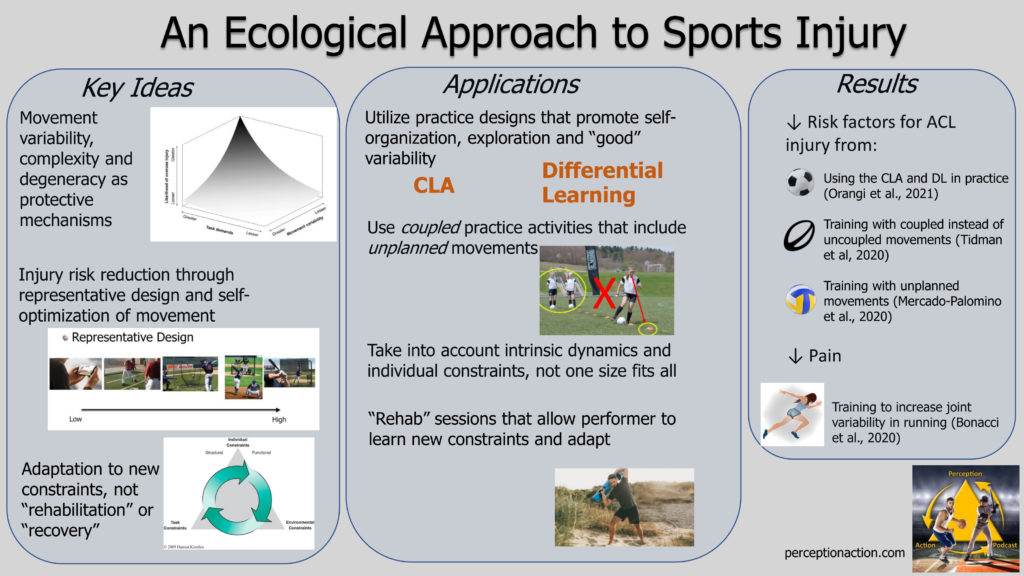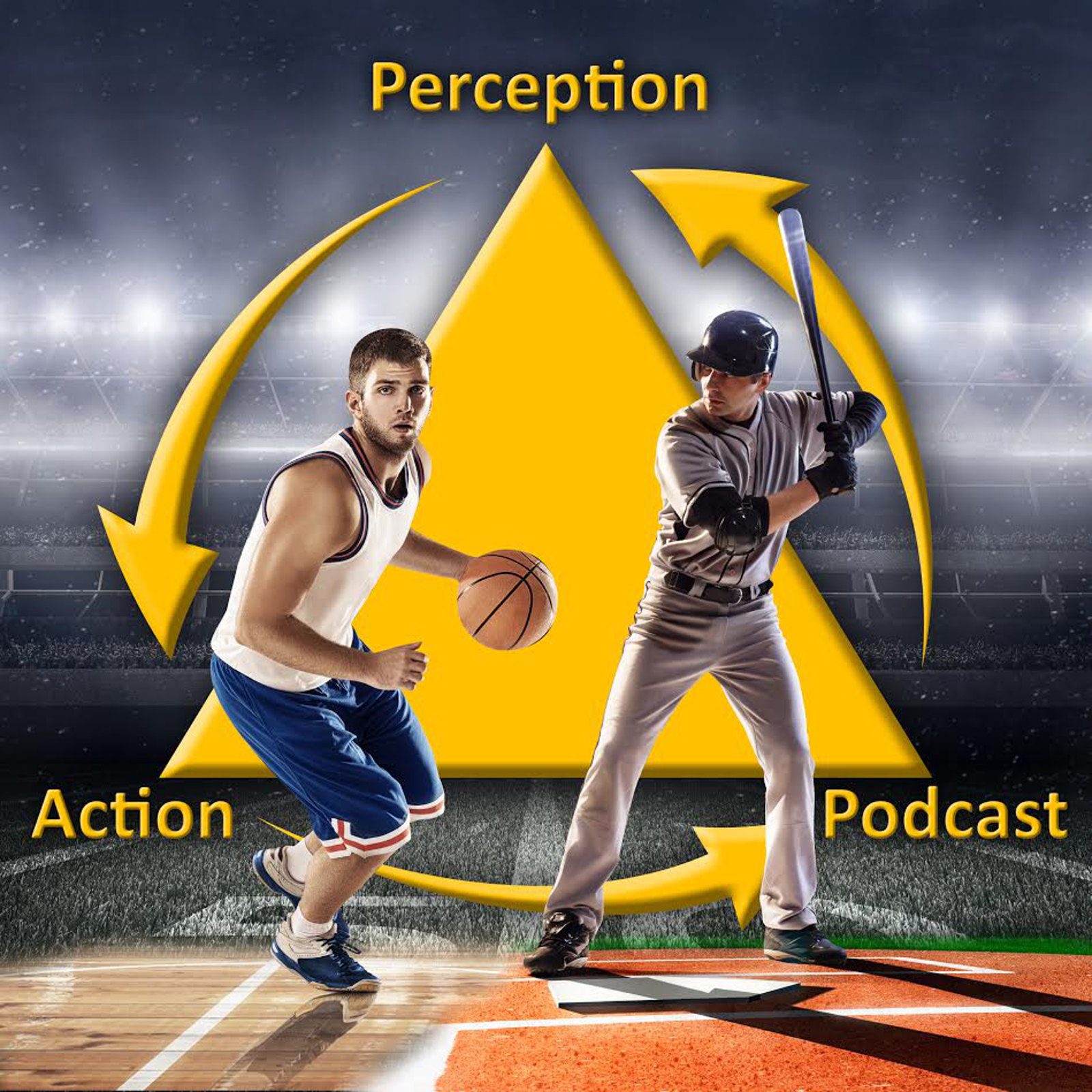
Background:
Variability as a Pain Reduction & Injury Prevention Mechanism
Why do we get injured when playing sports? The traditional view is that injuries occur for two reasons: you are doing it wrong and/or you are doing it too much. “Don’t let your knees go past your toes”. “Your shoulder is flying open”. Aka you not using the one, correct technique. “The pitcher threw too many pitches in the game”. “You were trying to lift too much weight”. Aka you overloading the system. Are there any alternatives to preventing injury than just chasing the unicorn of repeatability and telling athletes to do less?
An interesting twist on these traditional explanations for sports injuries was proposed by James in 2004. The “variability-overuse hypothesis” starts with the same basic concept: Repeated application of load eventually leads to tissue breakdown and injury. Don’t do it too much. But then it adds a new twist: this breakdown will occur when there is not enough variability in movement to allow for adaptation. So, the problem is not that you are not doing it the one, correct way. In fact, trying to do that, trying to have a highly consistent, repeatable movement is likely to increase the chance of injury not decrease it!
Why might this be the case? Thinking about jumping off a box and landing on the ground. If we performed this movement the exact same way every time we would be stressing the same muscles, tissues, bones, etc in the same way every time. Ouch! Allowing for slight variations in the technique used, in terms of direction, location, magnitude and frequency of the muscle activity involved, creates a broader distribution of stressors which reduces the chance of injury. Having variability also allows the different parts to work together and compensate for each others’ errors.
Podcast Episodes:
–324 – An Ecological Approach to Sports Injury Prevention & Adaptation (Not Recovery), 10/20/2020
–353 – Article Review: Variability of Practice as an Injury Prevention Mechanism, 5/25/2021
–307 – Using Biomechanical Analyses to Reduce Injury & Improve Performance, 6/25/2020
–188 – Journal Club #7: Focus of Attention and Cueing in Injury Rehabilitation, 5/5/2020
–170 – Interview with Shawn Eagle, Pittsburgh, A Perception-Action Coupling Approach to Sport Concussion, 2/11/2020
–70 – Interview with Anne Benjaminse, Groningen, Attentional Focus in Injury Prevention & Recovery, 7/25/2017
Articles –Reviews/Theory:
–Reviewing the Variability-Overuse Injury Hypothesis: Does Movement Variability Relate to Landing Injuries?
–Functional Brain Plasticity Associated with ACL Injury: A Scoping Review of Current Evidence
–The Neuroplastic Adaptation Trident Model: A Suggested Novel Framework for ACL Rehabilitation
–Principles of Motor Learning to Support Neuroplasticity After ACL Injury: Implications for Optimizing Performance and Reducing Risk of Second ACL Injury
–Increased Risk of Musculoskeletal Injury Following Sport-Related Concussion: A Perception-Action Coupling Approach
–An ecological dynamics approach to ACL injury risk research: a current opinion
Articles – Empirical Research:
–Motor learning methods that induce high practice variability reduce kinematic and kinetic risk factors of non-contact ACL injury
–Runners with a history of injury have greater lower limb movement regularity than runners without a history of injury
–Predicting Injury in Professional Baseball Pitchers From Delivery Mechanics: A Statistical Model Using Quantitative Video Analysis
–Differences in attentional focus associated with recovery from sports injury: Does injury induce an internal focus?
–Effect of gait retraining on segment coordination and joint variability in individuals with patellofemoral pain
–Can kinematic and kinetic differences between planned and unplanned volleyball block jump-landings be associated with injury risk factors?
–Reducing anterior cruciate ligament injury risk factors by training perception: How vital is maintaining the perception-action coupling?
–Does Concussion Affect Perception-Action Coupling Behavior? Action Boundary Perception as a Biomarker for Concussion.
-Comparing the Effects of Differential Learning, Self-Controlled Feedback, and External Focus of Attention Training on Biomechanical Risk Factors of Anterior Cruciate Ligament (ACL) in Athletes: A Randomized Controlled Trial
